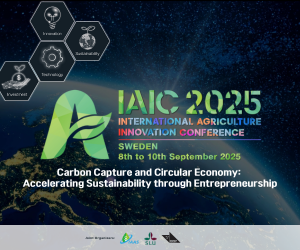Analysis: What the new IPCC report says about how to limit warming to 1.5C or 2C
By: Zeke Hausfather
The third part of the IPCC’s 6th assessment report, known as Working Group III (WG3), provides a detailed view of possible futures.
If countries meet their current nationally determined contributions (NDCs) for 2030 under the Paris Agreement it would shave a few tenths of a degree off future warming – but a large gap remains between 2030 commitments and the magnitude of emissions reductions needed to put the world on track for below 2C or 1.5C warming by 2100.
Stabilising global average temperature will require reducing carbon dioxide (CO2) emissions to net-zero. Scenarios limiting the world to below 2C generally reach net-zero CO2 in the “early 2070s”, while those limiting warming to 1.5C reach net-zero in the “early 2050s”. If the world reaches net-zero greenhouse gas (GHG) emissions then global temperatures will fall.
WG3 explores a wide range of energy system and emissions pathways to limit warming to 1.5C or below 2C, including worlds with large amounts of net-negative emissions and carbon dioxide removal (CDR), worlds where fossil fuels are eliminated rapidly in favour of renewable energy, and worlds where global energy demand is sharply reduced.
Nearly all scenarios considered within WG3 that limit warming below 2C rely on some degree of CDR to accelerate the pace of emissions reductions, to offset residual emissions, and to provide the option for net negative CO2 emissions in case global temperatures need to be brought back down.



 Alfonso Navarro
Alfonso Navarro (Fajruddin Mudzakkir)
(Fajruddin Mudzakkir)